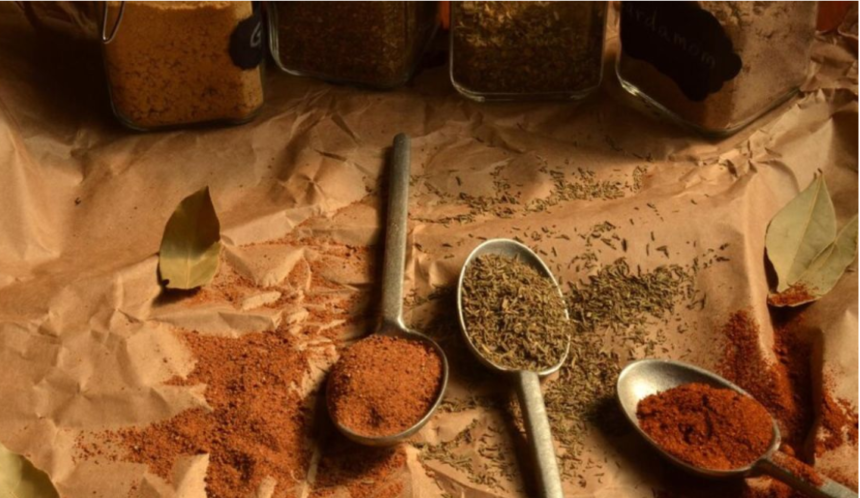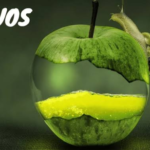Chipperen is a name that resonates with cultural richness and historical significance. Rooted in tradition, this unique term encapsulates the spirit of a community or event, depending on its use. To many, it may be unfamiliar, but for those who embrace its origins and customs, it holds a deep cultural value.
In this article, we will delve into the fascinating world of it, exploring its history, the traditions associated with it, and the significance it continues to hold in the present day.
Understanding the Historical Background of Chipperen
The origins of it are somewhat mysterious, but there are a few prominent theories. Some researchers believe that it may have originated as a local celebration or practice in a small community. Over time, it evolved, blending with other customs and traditions, leading to the broader cultural significance it holds today. Although historical records may not provide detailed documentation, the oral traditions passed down through generations keep the essence of it alive.
It’s important to understand that it is not a single, well-defined event. Rather, it represents a series of traditions that have evolved over time, influenced by local customs, geography, and social change. This is why it can have different meanings and forms depending on the region or group celebrating it.
The Traditions Associated with Chipperen
It is often associated with communal gatherings, celebrations, and rites that bring people together. These traditions reflect the values and beliefs of the community, centered around unity, respect, and shared identity.
Key Elements of its Traditions
While the specifics of it traditions may vary, a few core elements are commonly observed:
- Community Involvement: it is fundamentally a communal event. People from the community gather to participate, whether it’s through rituals, feasts, or performances.
- Cultural Expression: Music, dance, and storytelling are often central to its celebrations. These activities serve as a way to pass on cultural heritage and share the values of the community with future generations.
- Symbolic Rituals: Certain rituals performed during it hold symbolic meaning, often representing growth, renewal, or the continuity of the community.
The customs surrounding it offer a glimpse into the cultural fabric of the people who celebrate it. Through these traditions, participants reaffirm their identity and connection to their heritage.
The Evolution of Chipperen Over Time
Like many cultural practices, it has evolved significantly over time. Modern influences and societal changes have shaped how the traditions are carried out today. While some elements remain true to their historical roots, others have adapted to fit the contemporary world.
The shift from rural to urban living, for example, has led to changes in how it is celebrated. In some areas, large public events have replaced the smaller, community-focused gatherings of the past. Additionally, technological advancements have introduced new forms of cultural expression, such as digital storytelling or online celebrations, making it more accessible to a wider audience.
However, despite these changes, the core principles of it—community, cultural expression, and continuity—remain intact. The evolution of it showcases the resilience and adaptability of cultural traditions in a changing world.
The Cultural Significance of Chipperen Today
In today’s globalized world, preserving local traditions and cultural practices has become increasingly important. It continues to hold cultural significance for many people, serving as a reminder of their heritage and the values that have been passed down through generations.
One of the most notable aspects of it is its ability to bring people together, fostering a sense of belonging and unity. In a time when many communities face challenges of division or isolation, it serves as a unifying force, reminding people of their shared history and identity.
Moreover, it plays a crucial role in cultural education. For younger generations, participating in its traditions provides a valuable opportunity to learn about their cultural roots. It helps them understand where they come from, while also fostering pride in their heritage.
Modern Celebrations of Chipperen
While the essence of it remains rooted in tradition, modern celebrations often take on a new dimension. These events may still include traditional elements, but they are frequently infused with contemporary practices. For instance, modern Chipperen events may feature live performances, art exhibitions, or even social media campaigns to engage younger audiences.
Some communities have also started to celebrate it as part of a larger cultural festival, combining it with other local or regional customs. This blending of traditions highlights the versatility of it and its ability to adapt to modern contexts while maintaining its cultural integrity.
Why Chipperen Is Still Relevant?
Despite the passage of time, it remains relevant in today’s society for several reasons:
- Cultural Preservation: It helps preserve cultural practices that might otherwise be lost. Through its traditions, the history and identity of a community are passed down to future generations.
- Community Engagement: The communal nature of it encourages social interaction and strengthens the bonds within the community. It serves as a platform for people to come together, share experiences, and celebrate their collective identity.
- Adaptability: its ability to evolve and incorporate modern elements ensures its continued relevance. By embracing contemporary practices while maintaining its core values, it stays meaningful for both older and younger generations.
Conclusion
Chipperen is much more than a cultural tradition; it’s a symbol of continuity, community, and identity. Over time, it has evolved from its humble origins into a celebration that remains meaningful to many people today. The traditions associated with it not only preserve cultural heritage but also foster a sense of unity and belonging in an increasingly fragmented world. As we look to the future, the ability of it to adapt and grow ensures that it will continue to be a vital part of cultural expression for generations to come.
FAQs
1. What is Chipperen?
It is a cultural tradition that involves community gatherings, rituals, and celebrations, reflecting the values and heritage of the people who practice it.
2. Where did it originate?
The exact origins of it are unclear, but it likely started as a local celebration in a small community and evolved over time into a broader cultural tradition.
3. How has it evolved over the years?
It has adapted to modern times, incorporating new practices while retaining its core values of community, cultural expression, and continuity.
4. Why is Chipperen important today?
It plays a crucial role in preserving cultural traditions and fostering a sense of community and identity, particularly in today’s globalized world.
5. How is it celebrated in modern times?
Modern celebrations of it may include traditional rituals, but they often incorporate contemporary elements like live performances and digital storytelling to engage a broader audience.







